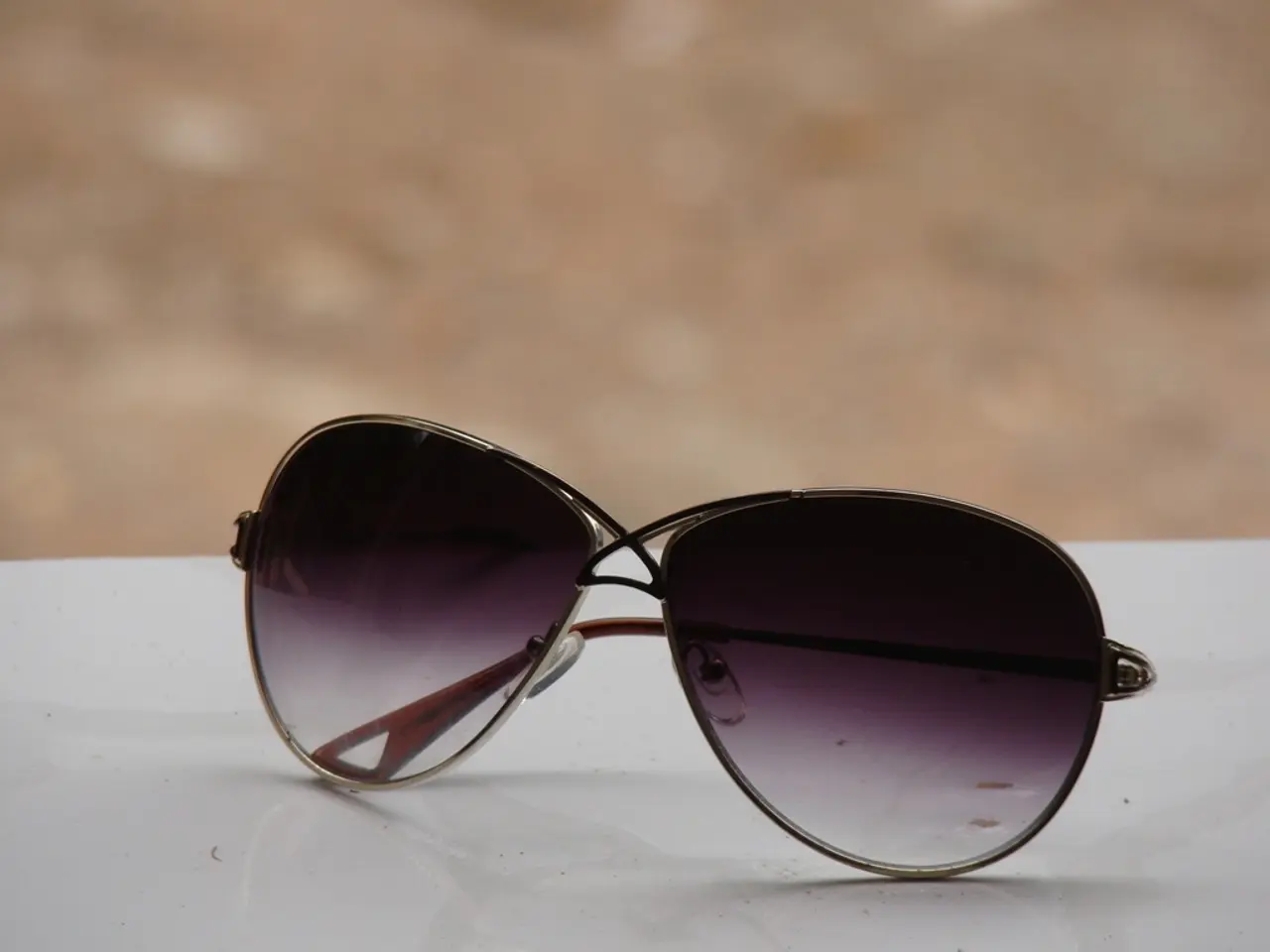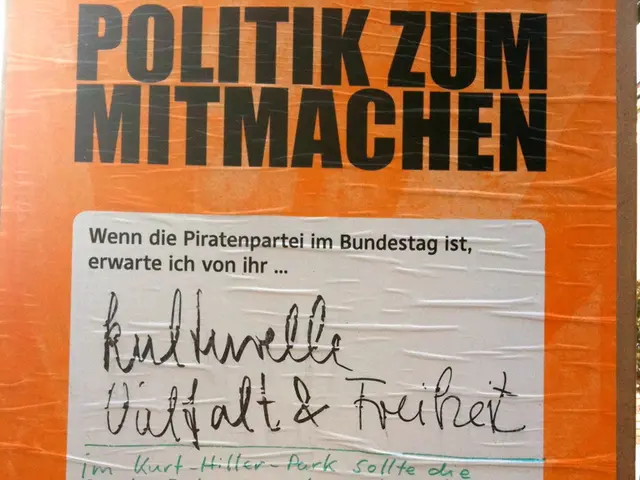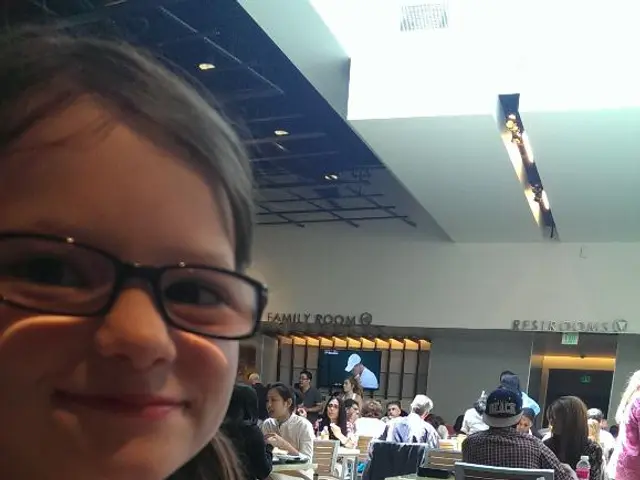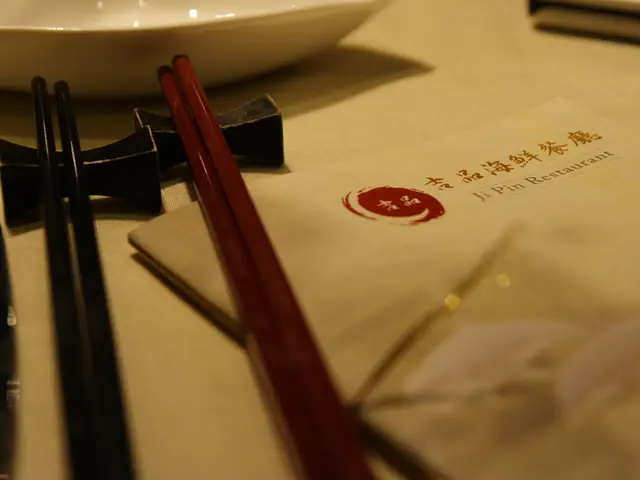Guidelines for Capturing Live Theater Scenes in Images
In an insightful guest post, photographer Michael Steinbach, with 34 years of experience in weddings, senior and family portraits, commercial, and corporate photography, shares his expertise on capturing the magic of theater or concert venues.
Steinbach, whose work can be admired at Bach Photography, emphasizes the importance of understanding the unique challenges of theater photography. The light can often be harsh and unflattering, with dark eyecups and severe shadows. Altering the light, however, would be an affront to the work of the lighting director.
To combat this, Steinbach prefers to shoot manually for both aperture and shutter speed, leaving ISO on auto, and uses center-weighted metering. A shutter speed of 1/60th to 1/125th of a second with an image stabilized lens is ideal for theater photography.
White balance is set using a custom WB setting with an ExpoDisc 2 and a #2 blue added to keep skin tones warm for the main lighting source. Depth of field is crucial in theater photography to ensure performers are seen clearly. This can be manipulated by bringing performers closer together, asking them to turn faces slightly to the camera, or reducing the aperture and increasing the focal length. An aperture of f/4.5-f/5 using the Nikon D500 provides enough depth of field for theater photography.
Post-processing plays a significant role in theater photography. The Gradient Filter or Adjustment Brush in Lightroom is used to alter the difference in brightness to a plausible level. Duplicates of all the images needed for promotional display are converted to black and white with Photoshop via a channel mixer action. This channel mixer action is made to work well with skin tones and is tweaked as needed to accommodate varied facial tonal qualities.
Steinbach works closely with local theater groups, providing them with promotional images, headshots, and archive images of their productions. Images are uploaded to a gallery for the performers to see and download. Prints of the images, including promo B&W images, are made by the photographer himself using an Epson P800 printer and Red River luster paper.
Archive images are used by actors, set designers, builders, and costume designers to represent their work. Headshots are done with a single light setup, a Paul C Buff Einstein into a softbox, with a popup background and minimal global adjustments, vignetting, and light retouching. No flash or added light is used in theater photography.
When photographing theater, Steinbach acknowledges that he does not have control of the lighting, which is an integral part of the theoretical storytelling process. Despite this, his mastery of manual camera settings, manual white balance, targeted depth of field, and post-processing tricks enable him to capture the essence of each performance.
While search results do not specify a theater photographer who has written an article and specializes in the aforementioned areas, they mention a photographer from 25pictures who focuses on product, corporate, and storytelling photography. Regardless, Steinbach's insights offer valuable advice for anyone interested in capturing the drama and emotion of live performances.
Read also:
- Impact of Alcohol on the Human Body: Nine Aspects of Health Alteration Due to Alcohol Consumption
- Understanding the Concept of Obesity
- Lu Shiow-yen's Challenging Position as Chair of the Chinese Nationalist Party (KMT) Under Scrutiny in Donovan's Analysis
- Tough choices on August 13, 2025 for those born under Aquarius? Consider the advantages and disadvantages to gain guidance







